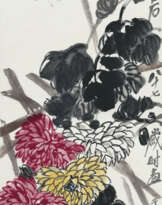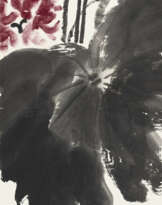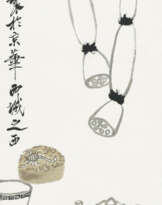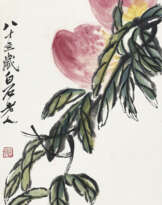ID 770364
Los 1134 | QI BAISHI (1863-1957)
Schätzwert
HKD 500 000 – 700 000
| Künstler: | Qí Báishí (1864 - 1957) |
|---|
| Künstler: | Qí Báishí (1864 - 1957) |
|---|
| Adresse der Versteigerung |
CHRISTIE'S 18 Chater Road Central Hong Kong Hong Kong | ||||||||||||||
|---|---|---|---|---|---|---|---|---|---|---|---|---|---|---|---|
| Vorschau |
| ||||||||||||||
| Telefon | +85227601766 | ||||||||||||||
| Fax | +852 2760 1767 | ||||||||||||||
| Nutzungsbedingungen | Nutzungsbedingungen | ||||||||||||||
| Geschäftszeiten | Geschäftszeiten
|











